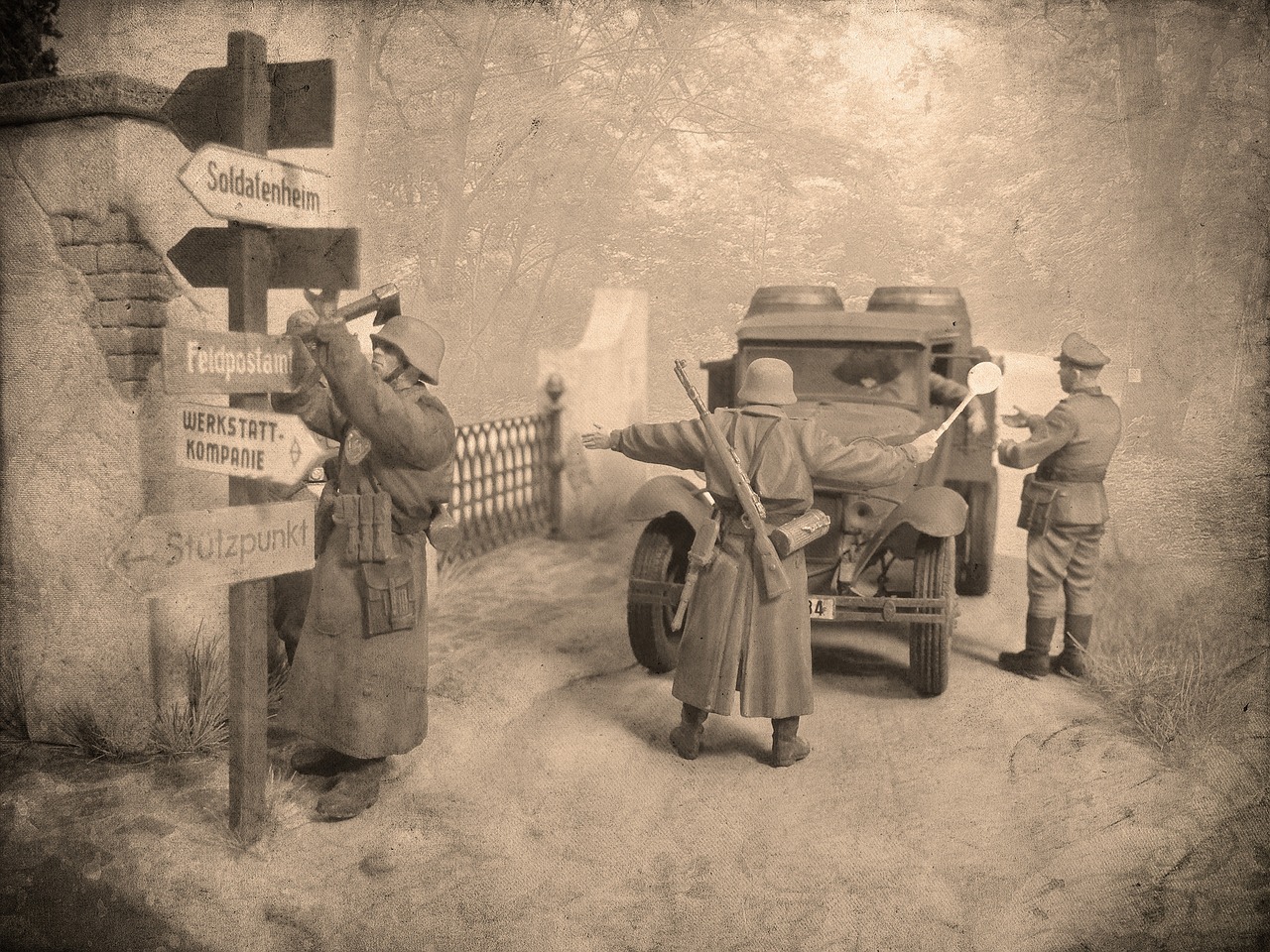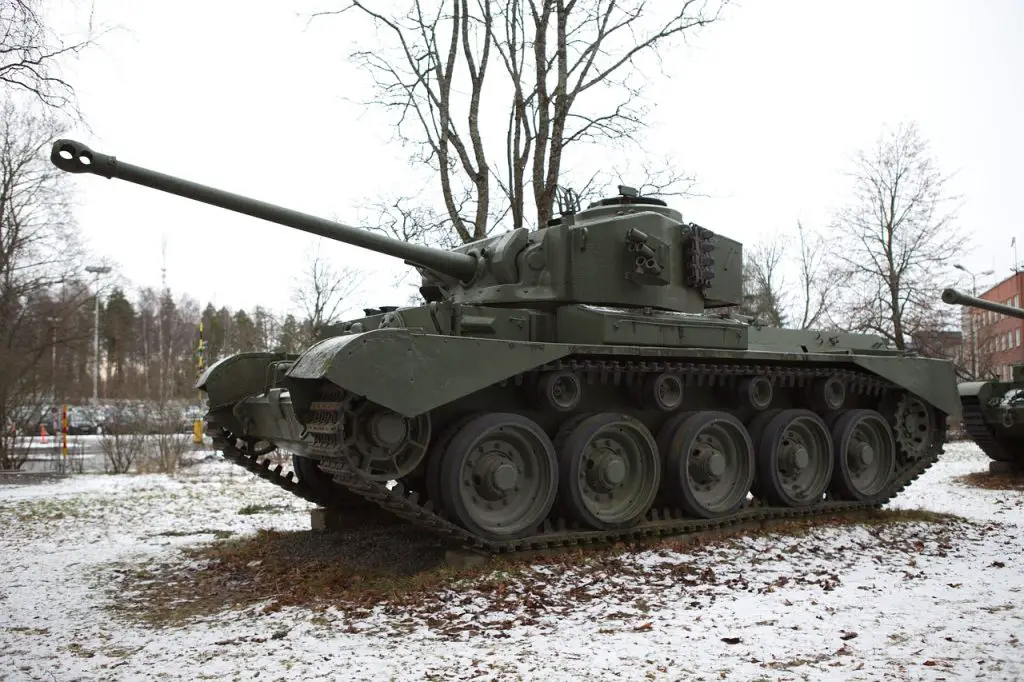A recent study conducted by Yale University has revealed alarming findings about the stability of unexploded bombs from World War I and World War II. Over time, these dormant explosives have become increasingly volatile, raising the risk of accidental detonations. During the wars, many bombs were buried in the ground or sank to the bottom of the sea without detonating, posing a latent threat to present-day communities.
In regions like Wales, where coastal towns such as Cardiff and Swansea were key targets for German bombings, the presence of unexploded World War II bombs remains a significant concern. Emergency services in Wales still receive numerous calls each year related to these potentially dangerous relics of the past.
Historians like Steve Day shed light on the early approaches to dealing with unexploded bombs during the war, describing a situation where authorities were ill-prepared to handle such threats. Bomb disposal officers were often equipped with rudimentary tools like hammers, chisels, and strings, highlighting the initial lack of proper resources and training in bomb disposal techniques. This “farcical approach” underscores the challenges faced by those tasked with neutralizing unexploded ordnance during the wartime era.

During World War II, the city endured a relentless barrage of over 2,500 high-explosive bombs, many of which veered off course and struck residential neighborhoods instead of their intended targets. The devastating air raids claimed the lives of more than 1,100 civilians in the city, leaving scars that still linger in the collective memory of its residents.
Recently, the discovery of an unexploded bomb in a residential yard has reignited memories of the wartime devastation. Weighing approximately 500 kilograms (1,100 pounds), the bomb poses a significant threat to public safety. To mitigate this risk, authorities have taken swift action, transporting the bomb to the Torpoint Ferry slipway for disposal at sea beyond the breakwater.
The disposal process is expected to involve a controlled detonation, likely generating a powerful explosion and sending shockwaves through the surrounding area. Despite the time since the war ended, the discovery of such a formidable relic serves as a sobering reminder of the city’s wartime past and the enduring legacy of conflict.
Avid Writer with invaluable knowledge of Humanity!
Upcoming historian with over 30 million views online.
“You make your own life.”





